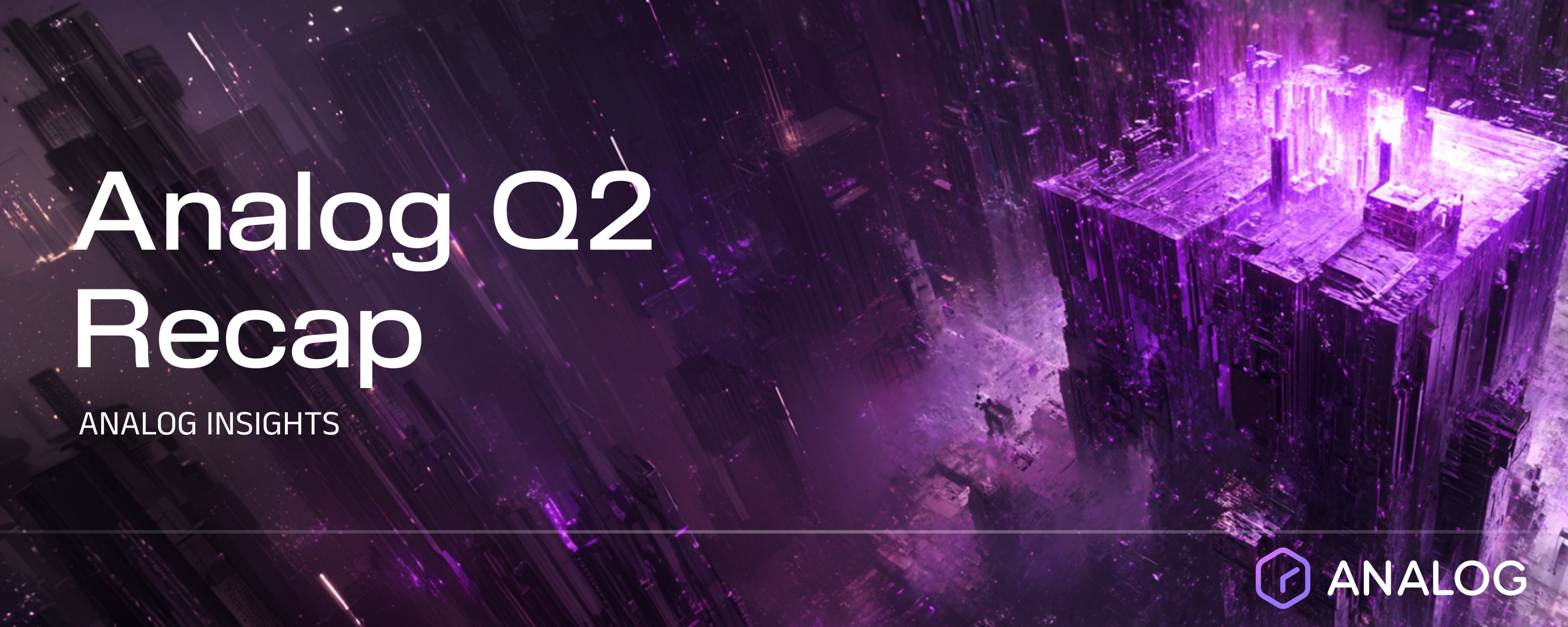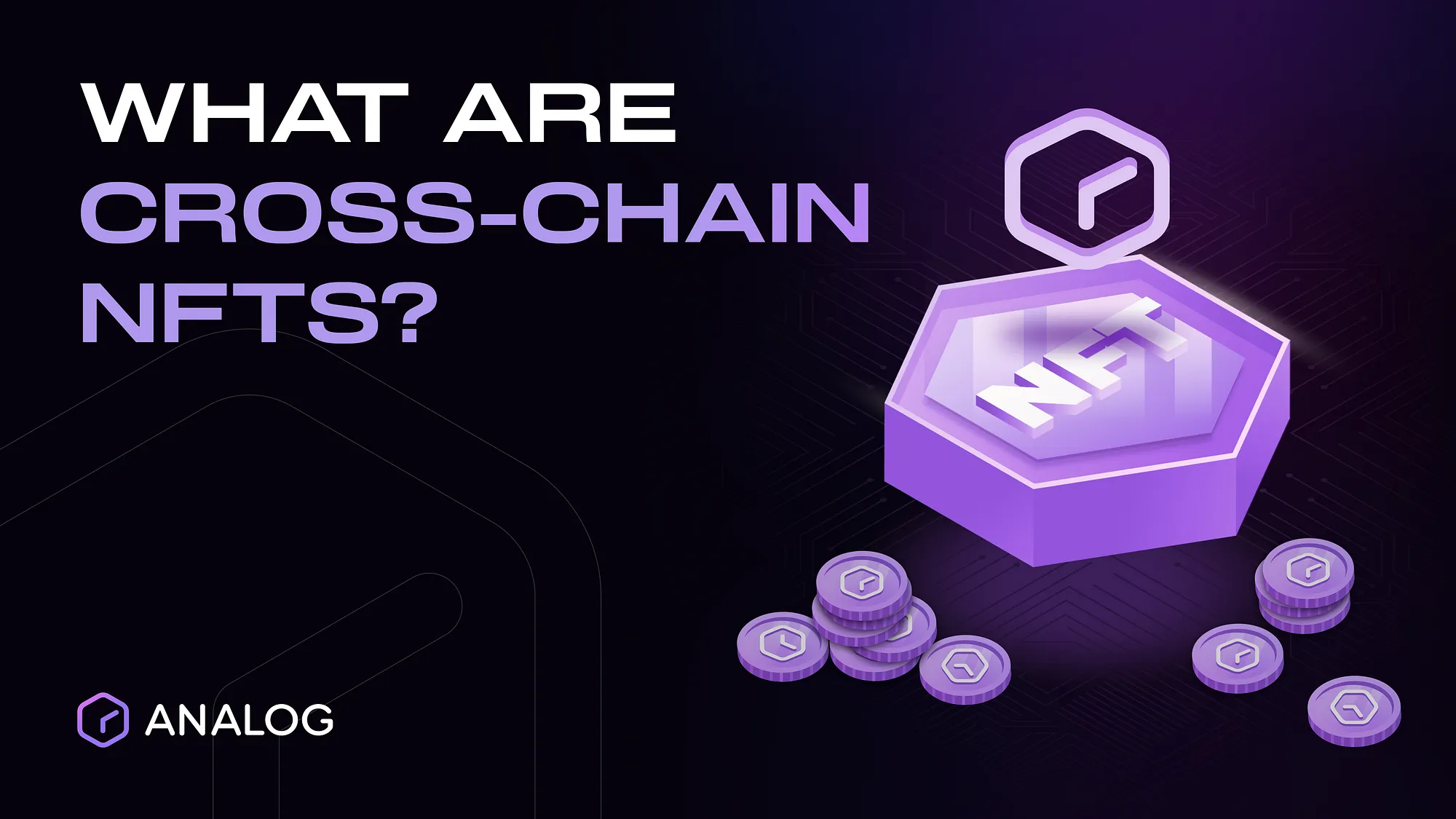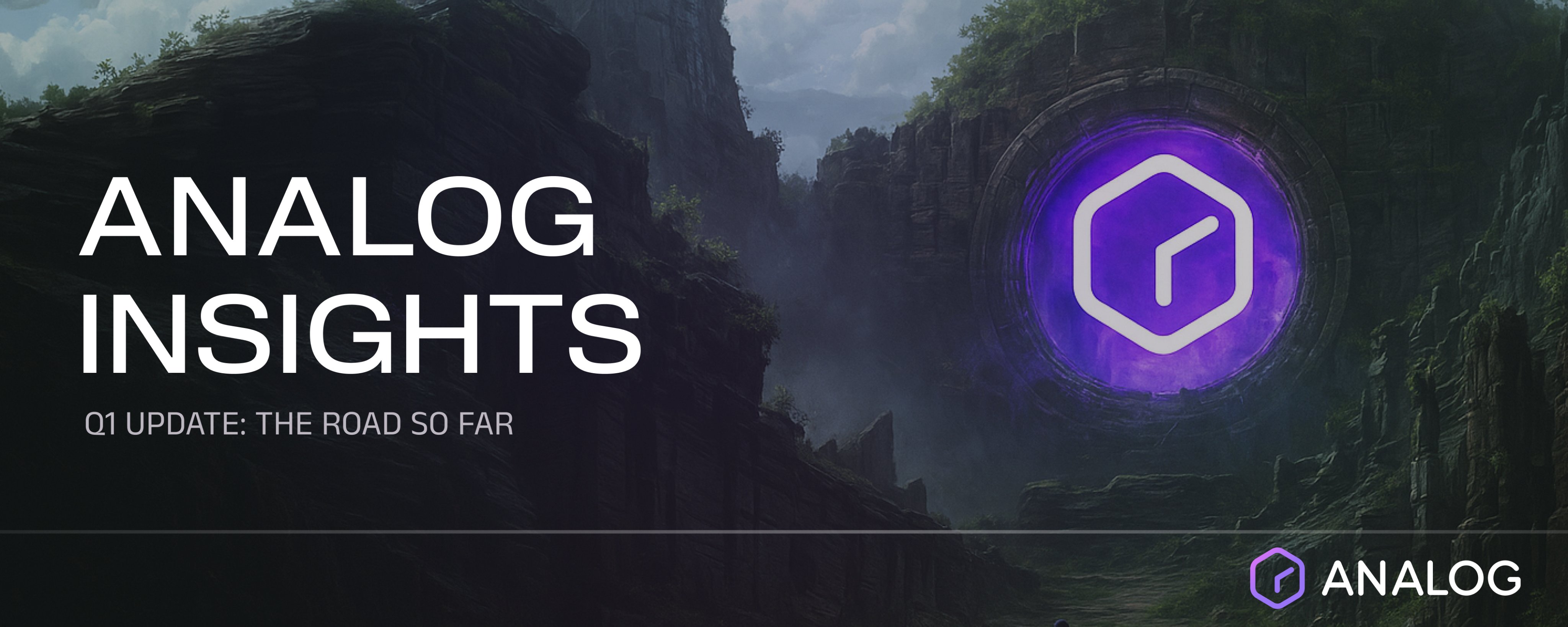
Blockchain interoperability has increasingly become essential to how the Web3 ecosystem evolves. As Layer-1s (L1s) and Layer-2s (L2s) increasingly become specialized, their accrued value becomes more fragmented, effectively addressing one challenge but giving rise to another.
By default, these ecosystems are not interoperable. They create a set of siloed ecosystems, creating an environment that stifles inclusivity and collaboration. This challenge has sparked a new wave of cross-chain solutions, with chain-specific bridges emerging as the linchpin of interoperability.
Application-specific bridges primarily facilitate the transfer of tokens from one chain to another. They operate by simply locking users’ tokens on the source chain and then minting intermediate tokens on the destination chain. Yet, given the current state of Web3 infrastructure maturity, it has become evident that application-specific bridges are fragile.
If you intend to build an application-specific bridge, it’s important to note that the hype surrounding such cross-chain solutions is gradually waning. In 2022, for example, over 2 billion USD worth of crypto was stolen from cross-chain bridges.
But that is not all.
We now know for a fact that complexity and intermediate knowledge are the single biggest challenges your DApp users will likely face when they venture into the Web3 space. Add to this the poor UX that your DApp users will have to face when interacting with other bridges for transferring assets across multiple chains.
In this post, we will examine why cross-chain bridges are increasingly becoming obsolete and why Analog is the solution to the problems that application-specific bridges face in the interoperability space.
Why cross-chain technology is necessary in the Web3 space
In the early days of blockchain, cross-chain bridges were nonexistent. The Web3 space had only one master/universal chain: the Bitcoin blockchain. However, things began to change with the unveiling of Ethereum and other smart contract-based blockchains. Cross-chain technologies, such as atomic swaps and bridges, emerged as essential tools, allowing users to transfer messages and value from one chain to another.
Before diving into the challenges of cross-chain bridges, let’s take a look at their significance in Web3.
Trade theory shows us that each country derives some form of benefit from engaging in international trade. The same thought can be extended to blockchain ecosystems. Blockchains also specialize in unique use cases, geographies, and target audiences like countries. The differences in blockchain ecosystems follow from the scalability trilemma, a concept Vitalik Buterin coined to refer to trade-offs that must be made for a blockchain to become fully decentralized, secure, or scalable.
For example, Ethereum 1.0 prioritized decentralization and security over scalability. Solana and Aptos blockchains, on the other hand, have optimized scalability (performance) at the cost of decentralization. Applying Trade Theory, for example, it makes sense to host your DApp on Solana or Aptos if the application is compute-intensive while running a mission-critical DApp on Ethereum.
But this can only make sense if these blockchain networks can “trade” information with each other.
In a multi-chain world, blockchains need to communicate with each other instead of competing in silos. Cross-chain bridges exist to connect different blockchain ecosystems. As a DApp developer, you can leverage this connectivity to tap into the strengths and benefits of other chains. For example, Cosmos/Substrate-powered DApps can connect to the Ethereum ecosystem and tap into the user bases and liquidity available on the Ethereum chain.
The problem with current cross-chain bridges
Virtually all the application-specific bridges are designed with one use case in mind: token/asset transfer. To interact with the bridge, users need to send funds in one asset to a smart contract where those funds are locked. The user is then issued equivalent funds as wrapped tokens/assets on the chain the smart contract bridges to.
For example, bridging Ethereum to Solana requires sending ETH to a bridge protocol on the Ethereum blockchain, where the asset is locked and held as collateral. The bridge protocol will then issue a wrapped version of ETH on Solana that is backed by the collateral on the Ethereum network.
From a high-level security standpoint, the current bridges can be grouped into broad categories: trusted/custodial and trust-minimized/non-custodial. While a trusted bridge requires a third party to validate the cross-chain request over the bridge protocol, a trust-minimized bridge typically uses smart contracts to store and release assets on either side of the protocol.
Your DApp users will need to give up control of their funds to the trusted bridge and rely on the operator’s reputation when using a custodial bridge. These bridges are attractive targets for hackers because they often feature a central storage point for funds being transferred between the two chains. Regardless of how those assets are stored — whether locked up in a multi-sig smart contract or with a centralized custodian — the storage point becomes a primary target.
To illustrate, let’s consider the Ronin Bridge attack — one of the biggest-ever crypto hacks in 2022.
An analysis conducted after the hack disclosed that the protocol depended on nine validators for network management, with the Sky Mavis team holding four of them. The protocol required a majority of five or more validators to allow the movement of funds. During the attack, hackers were able to compromise all four nodes held by the Sky Mavis team, requiring only a single extra node to take control of the bridge smart contract. They managed to reach the threshold, allowing them to drain over 625 million USD in ETH and USDC.
Non-custodial bridges differ in that they are trust-minimized, as they refrain from establishing new trust assumptions beyond the underlying chains they connect. While centralization presents a fundamental flaw in the design of trusted bridges, trust-minimized bridges can also be exploited, especially if the underlying smart contracts have bugs and vulnerabilities.
For example, in February 2022, Wormhole Bridge was attacked, allowing hackers to drain over USD 325 million in ETH. Hackers were able to exploit a bug in the Wormhole contracts, allowing them to trigger cross-chain validators that approved a supposed 120,000 ETH deposit.
Besides the security challenges, there is also the UX challenge that your DApp users will likely encounter when using bridges.
Bridges are a pain to use. To illustrate this point, Imagine a user who wants to use a DApp on Avalanche using AVAX tokens. They have USDC on Ethereum to start with. Here are summarized steps that such a user must follow to use the DApp on Avalanche:
Find a reliable bridge from Ethereum to Avalanche
Select USDC as the source token and AVAX as the destination token.
If not, bridge USDC to USDC and then have to do another swap on an exchange from USDC to AVAX.
Pay the required fees, often in ETH, meaning they must have some in their wallet on top of the USDC.
Depending on network activity and the fee paid, wait until confirmation, which may be quick or lengthy.
This example may already seem complicated. Imagine if there was no native USDC token on either chain, where the user would have to potentially wrap and unwrap assets. It is also worth noting that the above steps can only work for EVM chains. For non-EVM chains like Solana, the user must download another wallet native to the destination chain. Also, the user must check whether the wrapped token they will receive on Solana will have a liquid market to exchange for native tokens. If not, they must bridge the wrapped token back to the source chain tokens and swap it to an asset with a liquid market on the destination chain.
It is evident from these complex steps that application-specific bridges cannot solve the interoperability challenges in Web3. The end goal for any cross-chain solution should not revolve around efficiency but should allow seamless capital flow between different chains. For ultimate seamless interoperability, liquidity must be made available to all the blockchain networks.
To put this into an analogy, imagine what the interoperability landscape would look like if there existed a cross-chain solution layer that connected fragmented liquidity pools residing on different chains (e.g., Uniswap on Ethereum, PancakeSwap on BSC, Soldex on Solana, etc.) while also enabling smart contracts to pass arbitrary messages between various networks regardless of the chain’s underlying language?
From a UX standpoint, such a cross-chain layer can easily update your users’ state balances on multiple chains without requiring them to switch different networks and protocols. The cross-chain layer will surpass the functionalities that typical application-specific bridges provide, allowing DApps to send and receive arbitrary data while calling cross-chain functions and delivering one-click UX to users.
Going cross-chain with Analog’s GMP Protocol
Analog is building a General Message Passing (GMP) protocol that provides a secure cross-chain infrastructure while delivering a unified experience to DApp users where they no longer need to worry about the liquidity fragmentation problem that continues to grow as more L1s and L2s emerge in the Web3 space.
The protocol is built on top of the Timechain Network, which creates a trust-minimized infrastructure consisting of chronicle nodes and time nodes. These nodes collaboratively make general message-passing processes more predictable by accounting for all the cross-chain communication variables either by controlling, incentivizing, or severely punishing malfeasant behavior.
For example, rather than allowing users/DApps to believe in certain assumptions — whether because of personal relationships or brand reputation — as is the case with application-specific bridges, the Timechain guarantees certain assumptions rooted in math and game theory, such as:
Nominated Proof-of-Stake (NPoS), that will progressively decentralize to achieve the best possible security.
Threshold cryptography, where any user can verify the correctness of activities performed off-chain. For example, they can check the validity of threshold signature schemes (TSS) that validators have executed for cross-chain requests.
Mandatory key rotations that further enforce security mechanisms
The GMP protocol, which operates much like a Stripe-like integration, can be embedded into any DApp, allowing users from any connected blockchain to access other chains. It lets you build DApps that make cross-chain smart contract execution calls and synchronize states in a completely abstracted manner from end users.
Put simply; the GMP protocol allows you to compose applications integrating smart contract functions from different connected chains. From a user perspective, the GMP-enabled DApps bundle multiple transactions into a single interaction in the back end, providing users with smooth experiences that support mass adoption.










